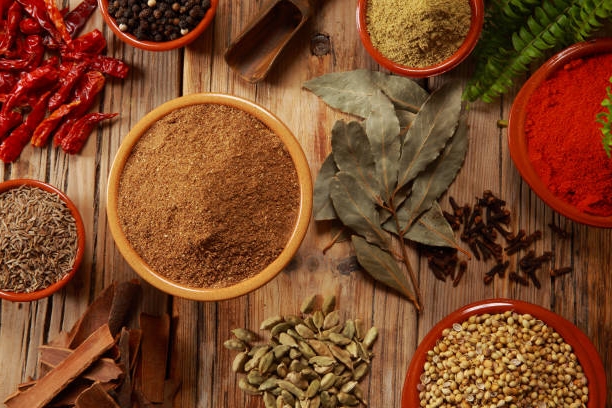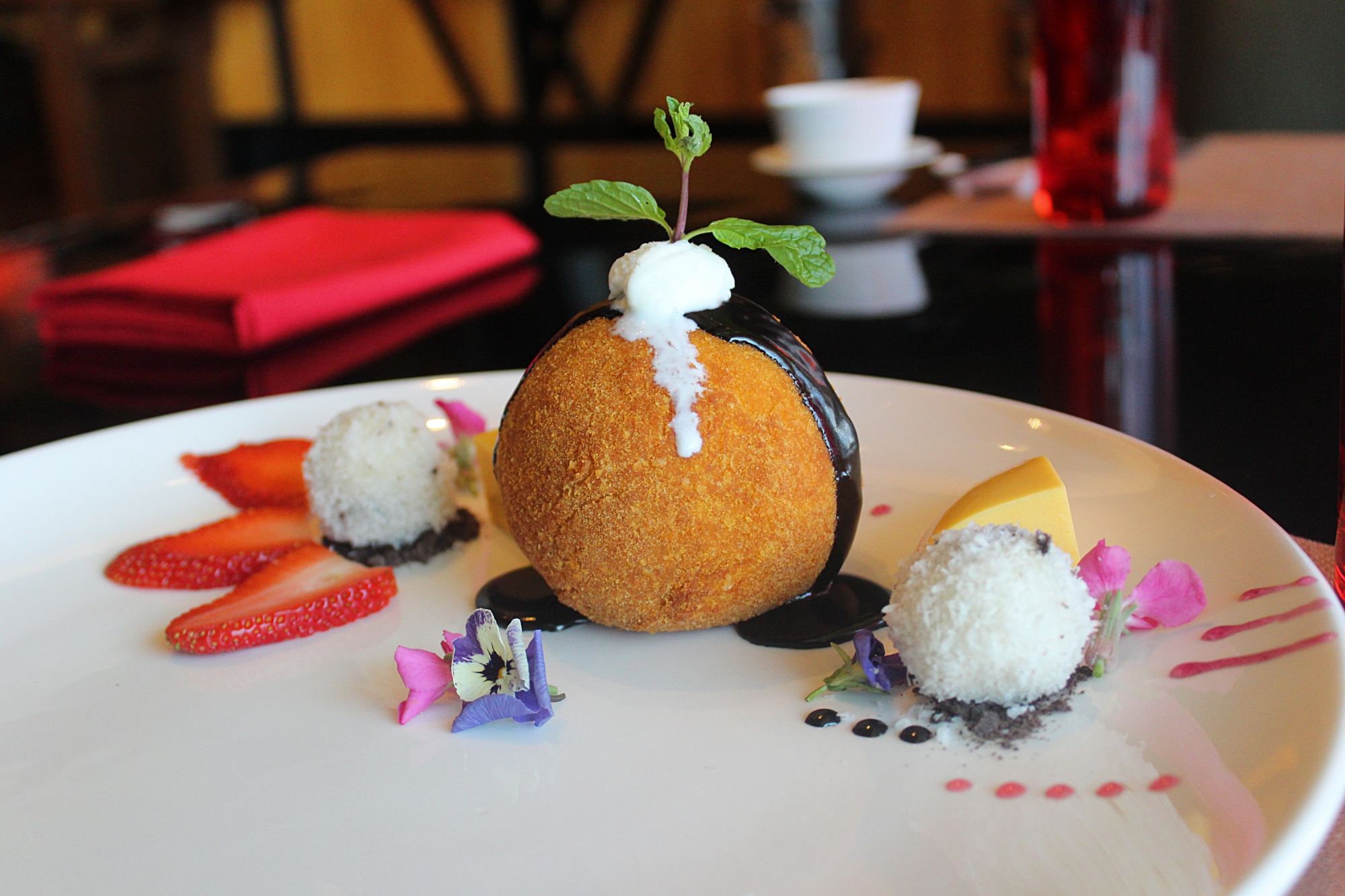Try These Balinese Fruits Before Leaving the Island
For a fruit lover, the Balinese fruits are a tropical blessing. They are not only cost-effective, but also nutritious, delicious, and strikingly attractive. I was blown away by the range of colours, textures, patterns, and sizes available. Bali is home to several Southeastern and even Asian fruits. Take the Rambutan, also known as the snake fruit; it has an unusual appearance but is delicious. Extrinsic plantations flourish in Bali’s volcanic highlands, making Balinese fruits the exotic highlights. Here’s a list of the best tropical and exotic Balinese fruits to try in Bali.
Table of Contents
Mangosteen
Mangosteen is a fruit that can be found in several Southeast Asian countries. To eat this peach-sized, orb-like purple fruit, it must first be peeled open. Press it between your palms to open it. However, be cautious because the fruit’s skin oozes a reddish liquid that can stain clothing. Mangosteen is also known as the blood fruit because of its reddish fluid. Many Indonesians dry these rinds and use them to make healthy teas. You’ll find a white, juicy flesh section inside the skin as you peel it back. This is high in fibre and extremely tasty.
Mangosteen is also used in traditional Chinese medicine to treat digestive issues. These evergreen trees are widely planted in the Bangli and Tabanan regencies’ highlands. You’ll find a white, juicy flesh section inside the skin as you peel it back. This is high in fibre and extremely tasty. Mangosteen is also used in traditional Chinese medicine to treat digestive issues. These evergreen trees are widely planted in the Bangli and Tabanan regencies’ highlands.
Rambutan

In Bali, rambutan means hairy, which is how this fruit got its name. This bright-red, ripe, hairy fruit can be found growing in Bali’s village backyards. Rambutan also has oval seeds and soft, white, juicy flesh. The smaller, short-haired rambutans have a lesser amount of moisture in their flesh. Whereas the best rambutans have sweet flesh, which is easily opened, delicious, and separates easily from the seed.
Snake Fruit
This unusual fruit has dark brown skin that resembles snake flakes. The fruit gets its name from the snakeskin. Nothing compares to the deliciousness of the Snake (salak) fruit, which grows on barbed trees. To peel the fruit, start at the pointed top and work your way outwards.

A thin layer of the silky membrane will appear after exposing three creamy folds. Remove the black seed and you’ll be left with a moistened crunchy treat that’s ready to eat. It has a sweet, starchy flavour that reminds me of ground cherry.



